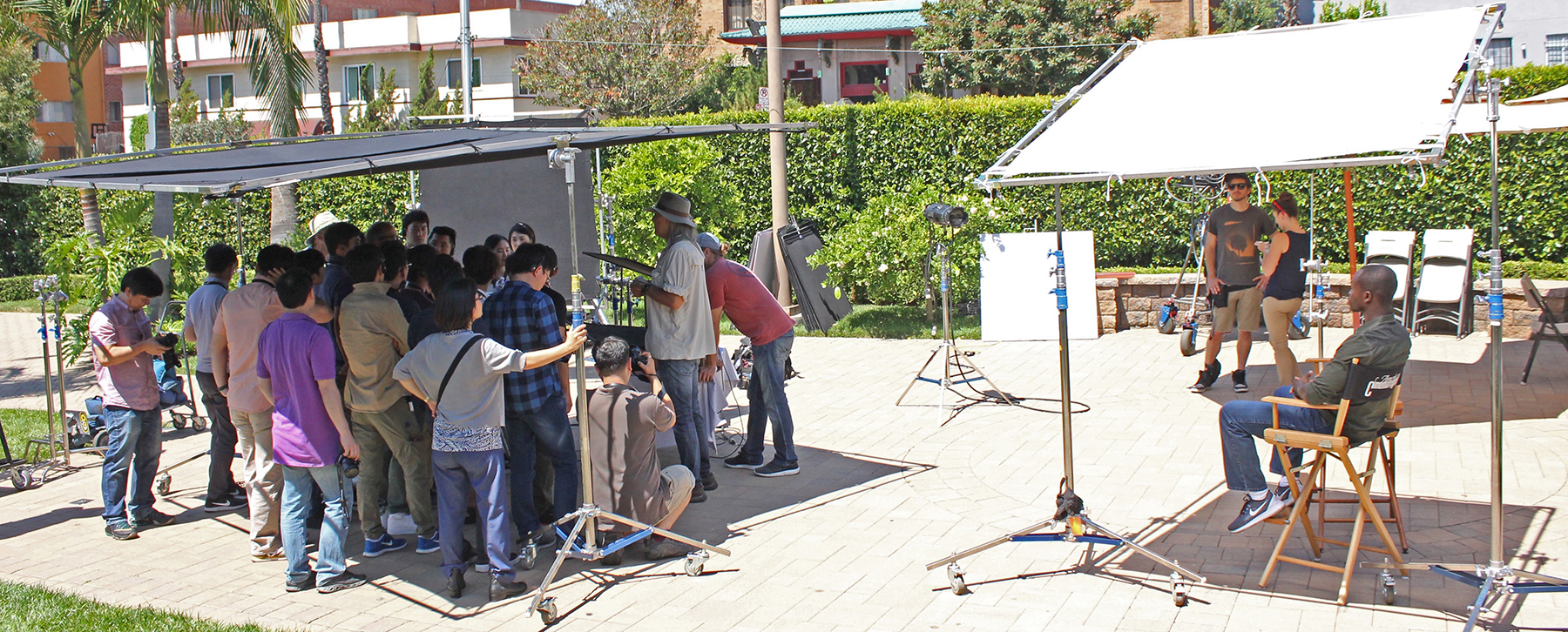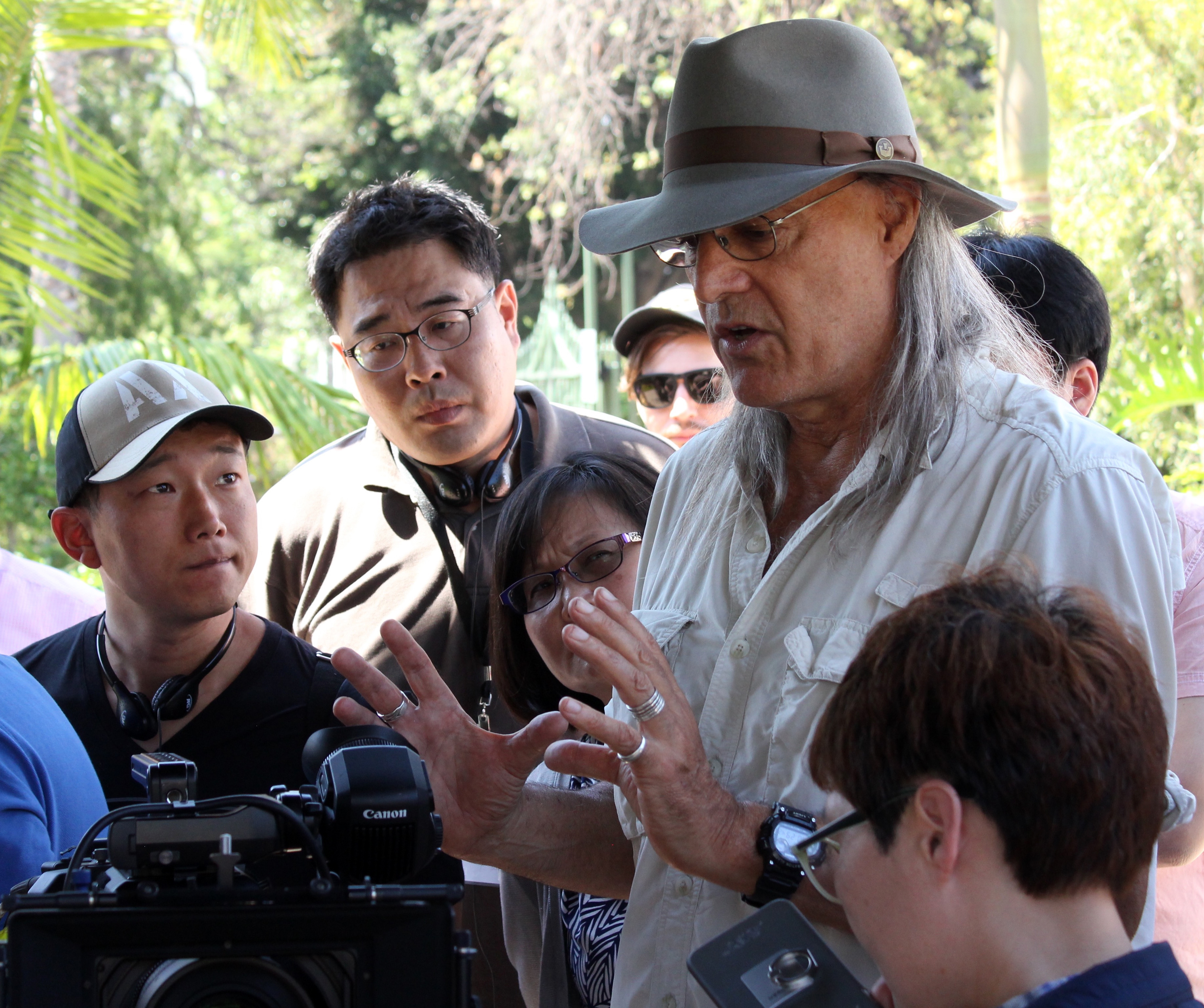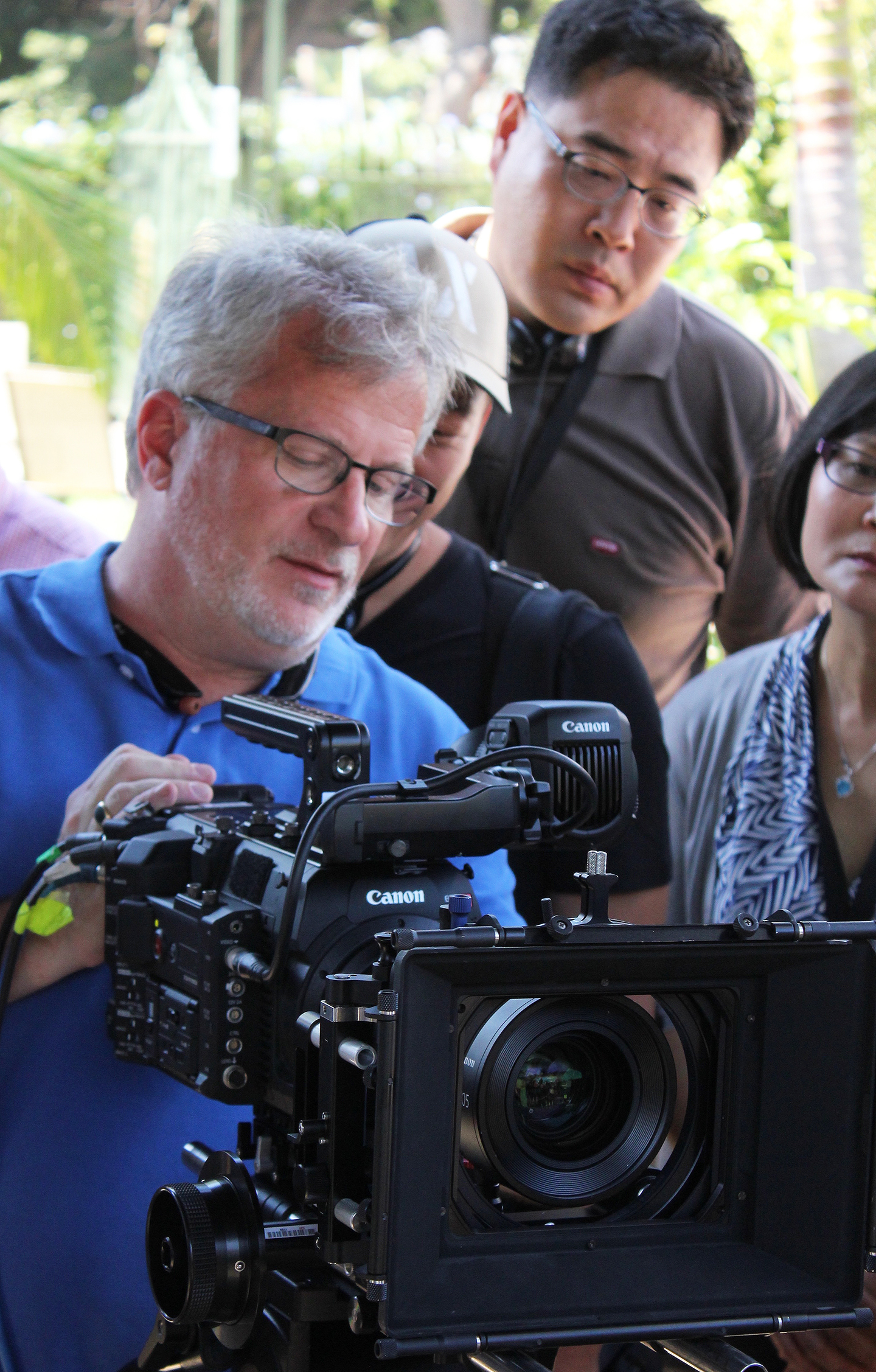
ASC Technology Academy Launches
The American Society of Cinematographers recently completed the inaugural session of a new education initiative focused on the science and unique practices of digital image capture and control.
The American Society of Cinematographers recently completed the inaugural session of a new education initiative, the ASC Technology Academy — a program that focuses on the science and unique practices of digital image capture and control. This curriculum was largely designed by Curtis Clark, ASC, chair of the ASC Motion Imaging Technology Council (MITC), and Society associate member David Reisner, secretary of MITC and co-chair of the DI Committee (with Josh Pines).
This first session’s participants consisted of a professional-level group of students from South Korea during the week of June 19 – 23, who attended a series of custom-curated instructional intensives taught by ASC active and associate members at the Clubhouse in Hollywood and local production and post facilities.
Of note, the instruction was done with the invaluable aid of English/Korean interpreters equally conversant in technology and production issues.

One of this sessions held at the Clubhouse was a practical instructional conducted by Russell Carpenter, ASC to show his understanding of high-dynamic range production and how employing HDR can impact a cinematographer’s approach to lighting and image capture, and how that image can be then correctly monitored and maintained throughout the post process using the Academy Color Encoding System (ACES).

To accomplish this, Carpenter and Canon’s Film and Technical Advisor Tim Smith demonstrated shooting a brightly-lit, daylight exterior using a Canon C700 camera, then examining the images via a Canon DPV2420 reference monitor for both HDR and wide color gamut.
Using test subjects featuring a wide range of skin tones, Carpenter step-by-step illustrated how different lighting techniques — including direct, bounce, fill and reverse fill — affected the image, and how careful control of lighting can achieve unique effects. He also stressed that accomplishing any desired look in-camera was of paramount importance, as digital manipulation in post can only take an image so far.
In another demonstration and discussion session, Curtis Clark detailed his experience gained while directing the film noir-flavored sci-fi Netflix drama Meridian, photographed for him by Markus Forderer, BVK.
Clark explained how his creative vision was accomplished, using high-frame-rate 4K and HDR while shooting with the Sony F65 and completing the project with ACES to maintain image fidelity throughout the extensive post process — screening his finished result with the aid of the show’s colorist, John Daro of FotoKem.
ASC members who instructed during this initiative also included Rodney Charters, Richard Crudo, Francis Kenny and David Stump, while Don McCuaig and Steven Shaw participated as Society ambassadors.
ASC associates who participated included Michael Cioni and Dan Sasaki of Panavision/Light Iron and Joachim Zell from E-Film.
Additional facilities that participated in the ASC Technology Academy program and hosted demo and instruction sessions included Arri, Dolby, Red Digital Cinema, Sim Digital and Technicolor.


